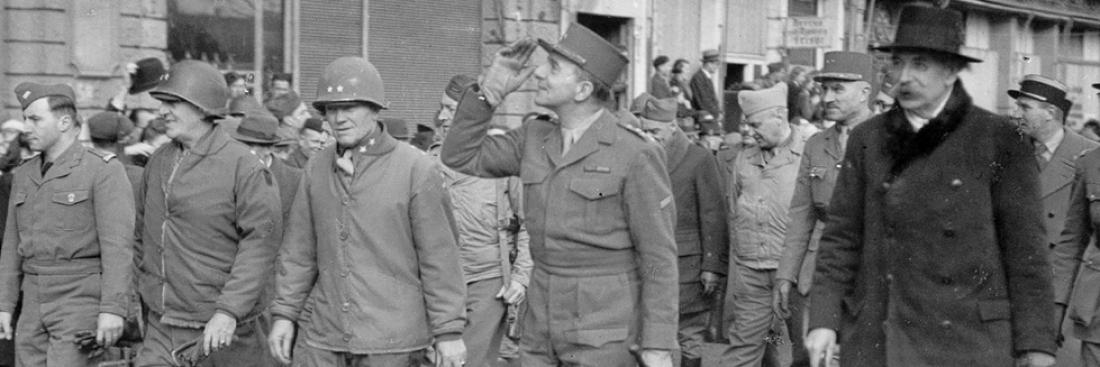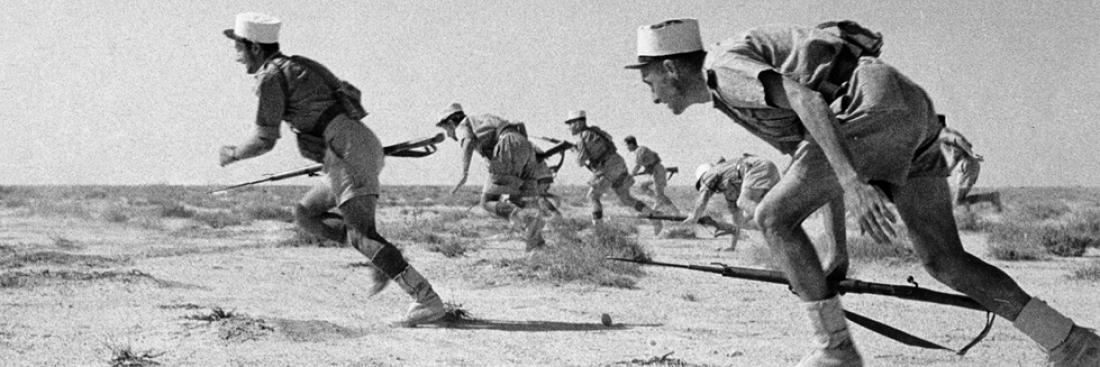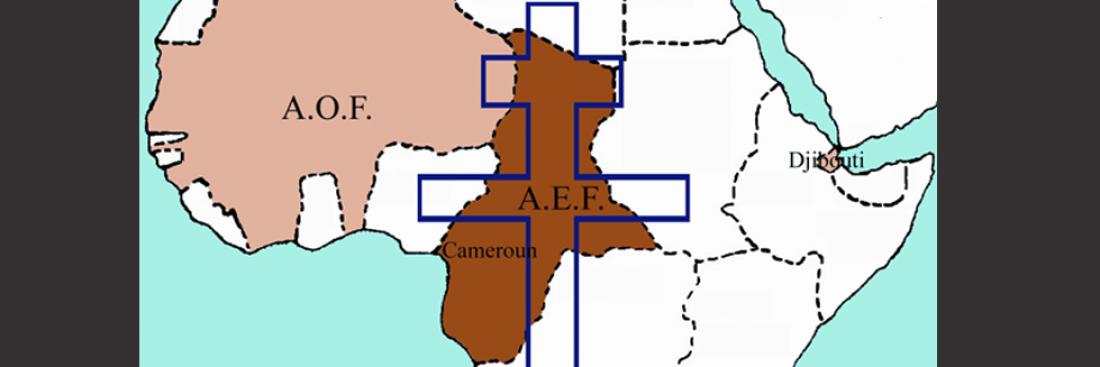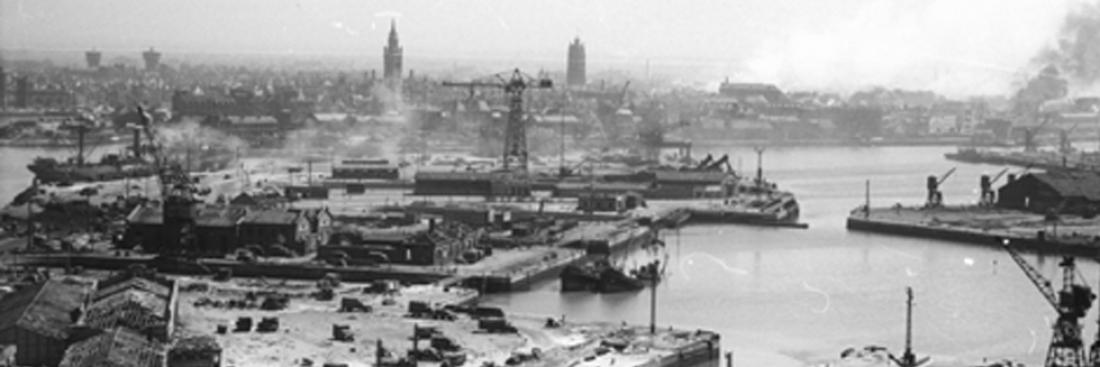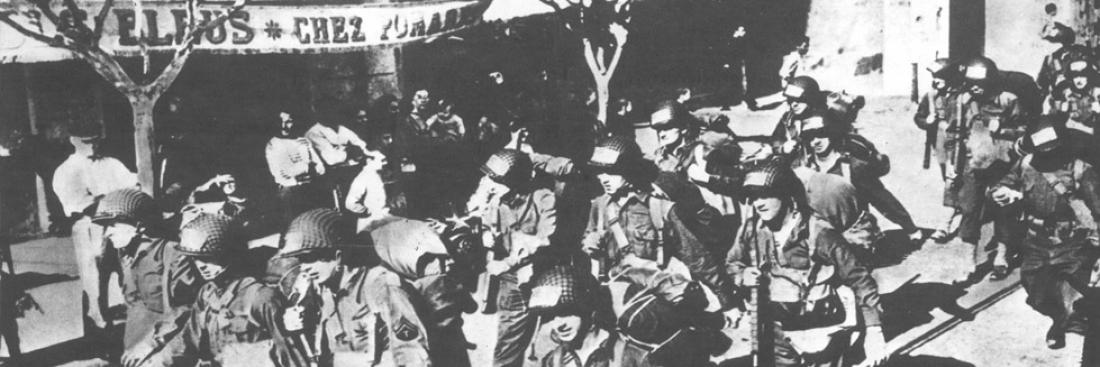New Caledonia in the two World Wars
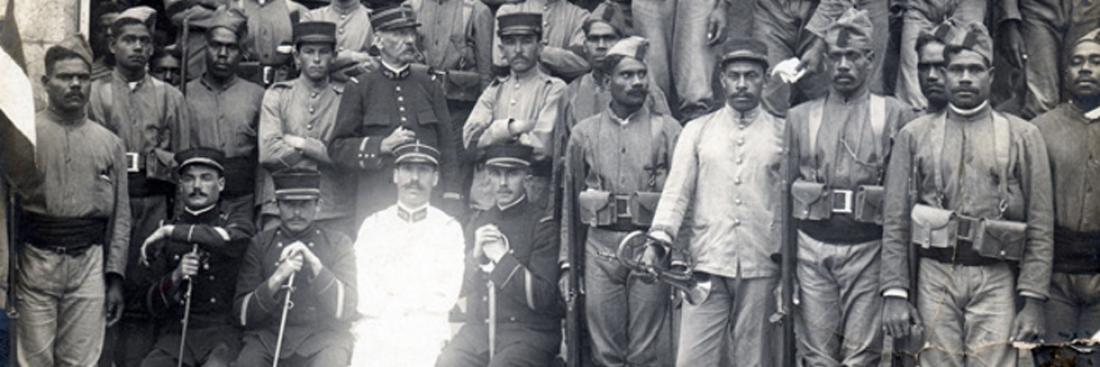
As was the case for all of France and the French Empire, New Caledonia, one of France's principal possessions in the Pacific, played a role that remains mostly unknown in France today but was nonetheless important, or even crucial, at certain points during the World Wars, especially in the Pacific operations during World War II.


